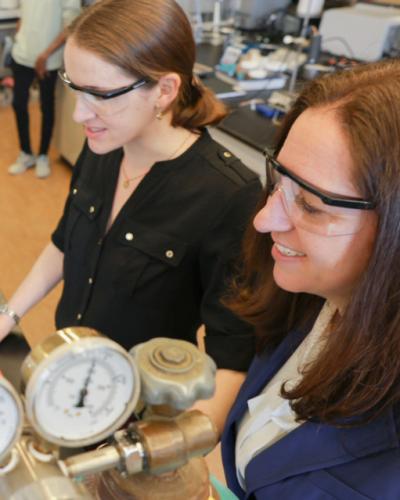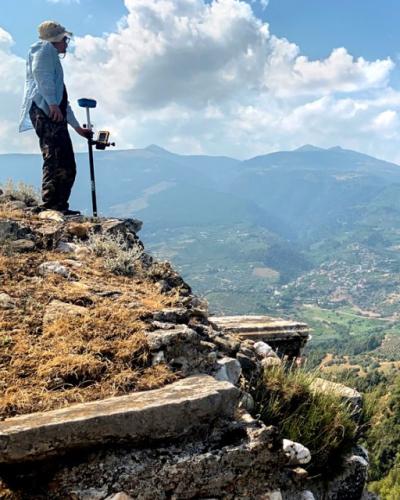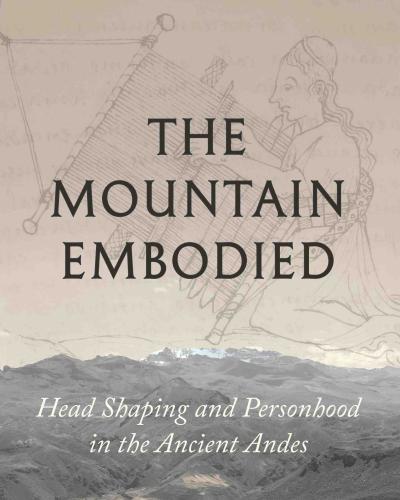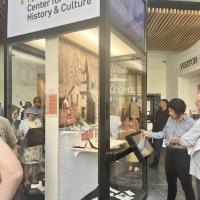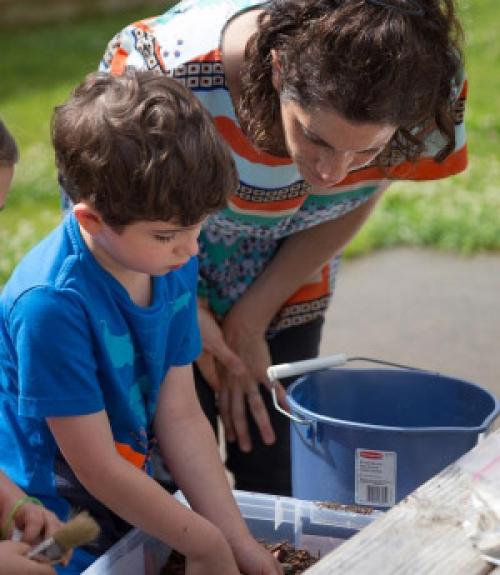Lori Khatchadourian teaches the Exploring Archaeology mini-course at the Elizabeth Anne Clune Montessori School of Ithaca.
The week of June 15-19, professors Adam T. Smith, anthropology, and Lori Khatchadourian, Near Eastern studies, led a mini-course on archaeology at the Elizabeth Anne Clune Montessori School of Ithaca. Nine children ages 5-8 spent five mornings exploring aspects of archaeological research.
“It was an opportunity for students to learn about the research being done by archaeologists at Cornell’s Institute of Archaeology and Material Studies and begin to understand the importance of studying and preserving humanity's deep past,” said Smith.
The week started, as archaeology often does, with excavation. Students worked in pairs to dig through prepared plastic bins with three distinct layers bearing “artifacts” such as broken plates, discarded beads and coins. The next two days were spent analyzing the finds, with the children learning how archaeologists date artifacts by studying the stratigraphy of their excavations and finding evidence for “absolute” dates of the layers.
The students examined objects, many of which were unfamiliar, to learn how archaeologists interpret the uses of things in past societies. They then conducted research projects that explored ancient civilizations like Rome and the Inca Empire.
“And they had fun,” said Khatchadourian, “rediscovering their inner hunter-gatherer by making cave art, using crushed blueberries as pigments.”
The week ended with students examining their classroom as a future archaeological site, studying what materials would survive and which would not, and asking themselves what archaeologists of the future would make of their school.
“I was amazed by how much the kids learned about archaeology in just a few short lessons,” said Smith. “Elementary school children have a deeply ingrained sense of wonder about the past and archaeology is a great way to provide them with an experience that is both fun and thought-provoking.”
This article also appeared in the Cornell Chronicle.

